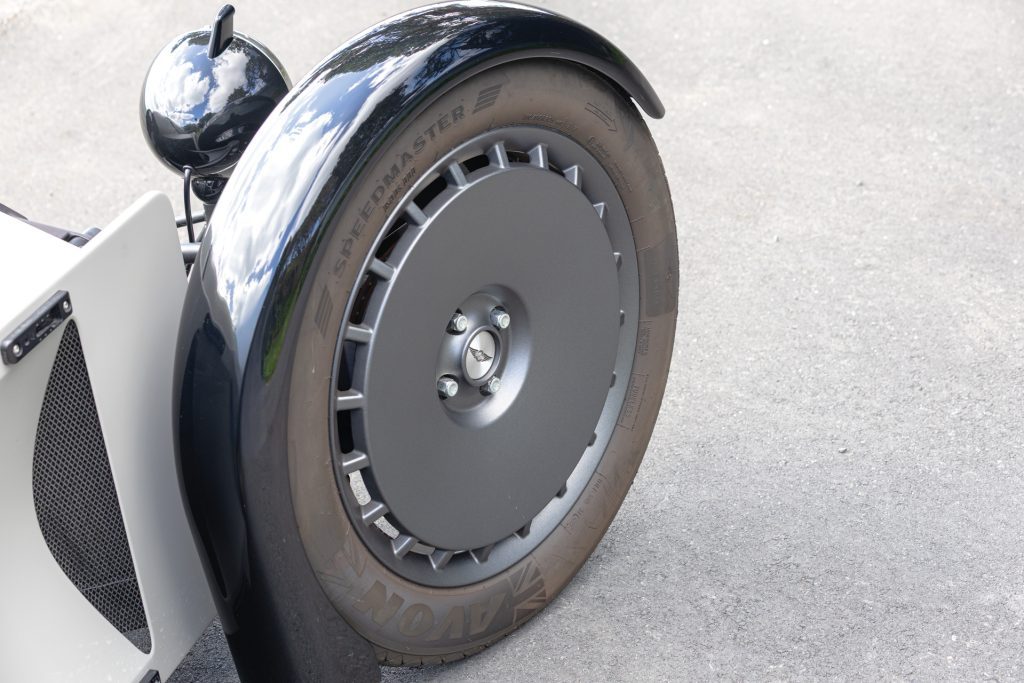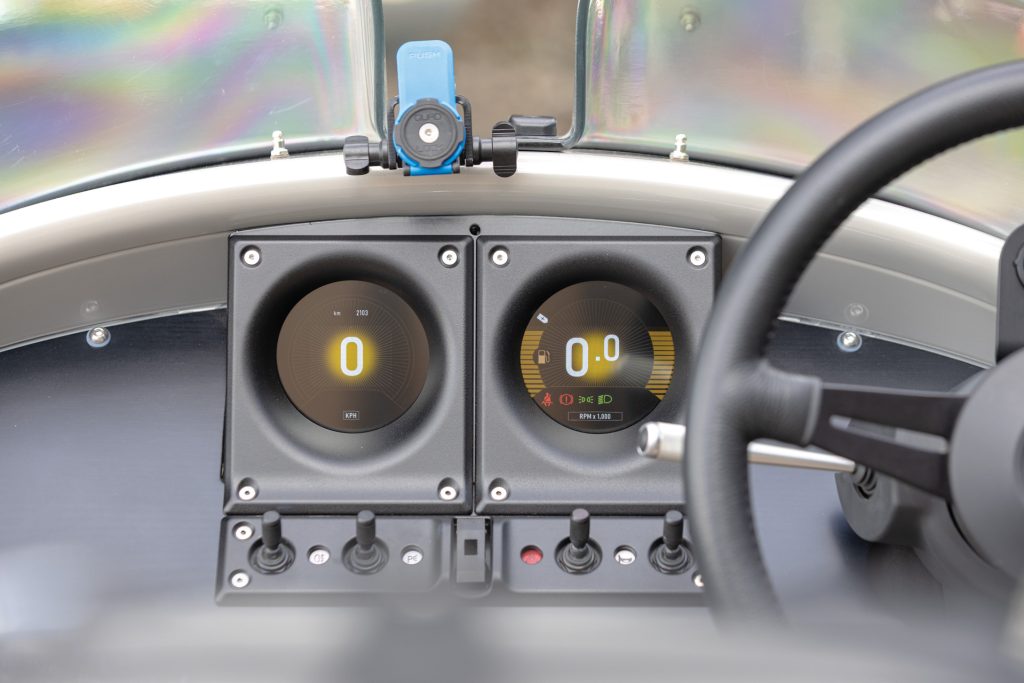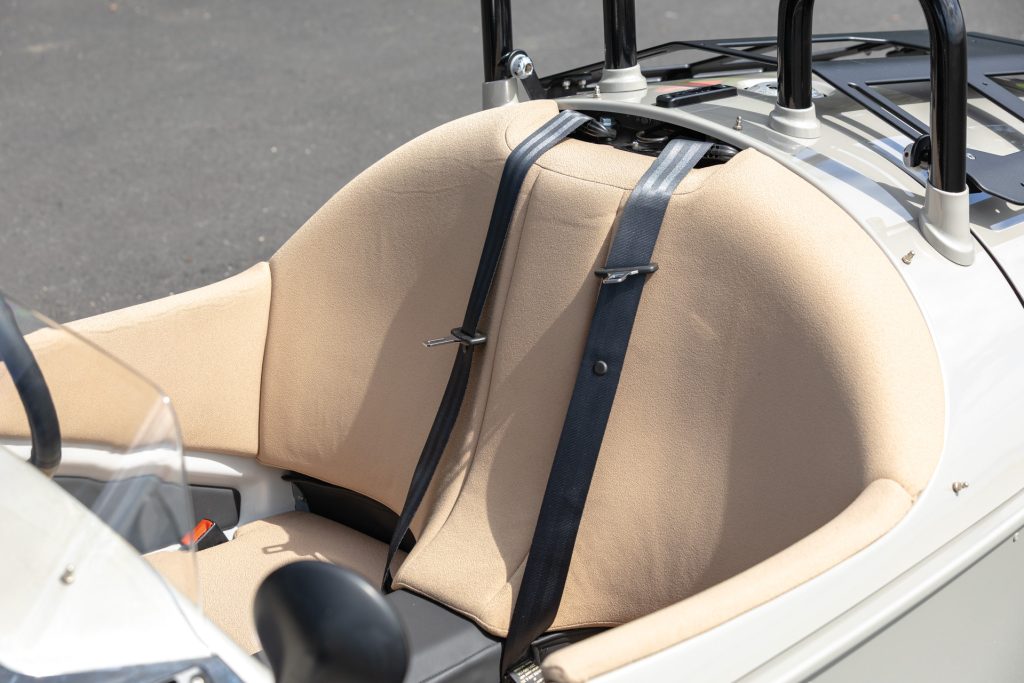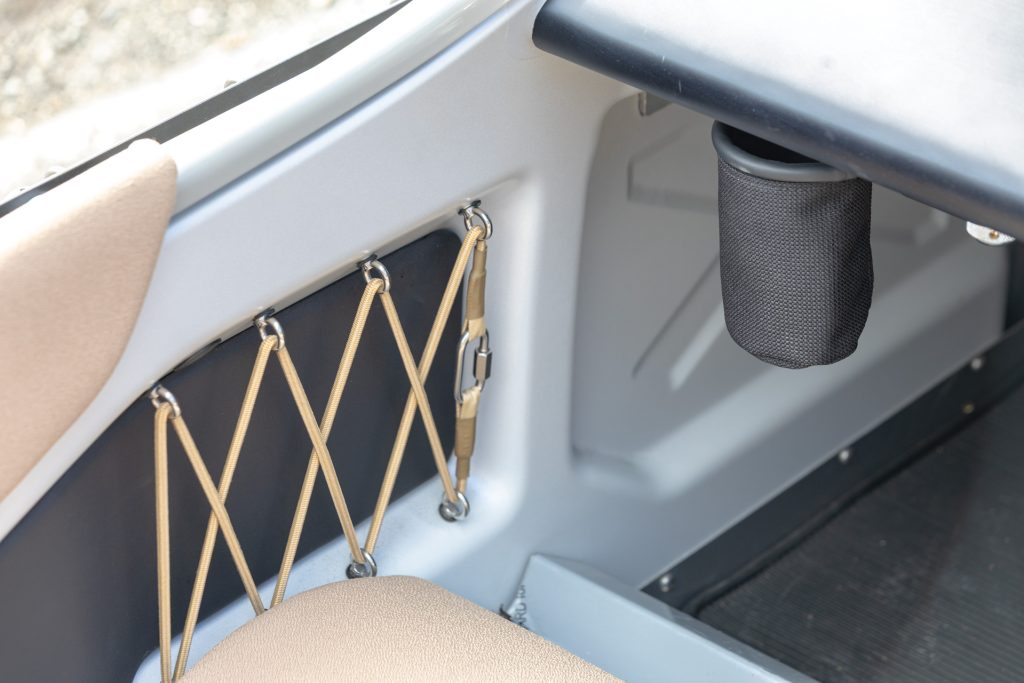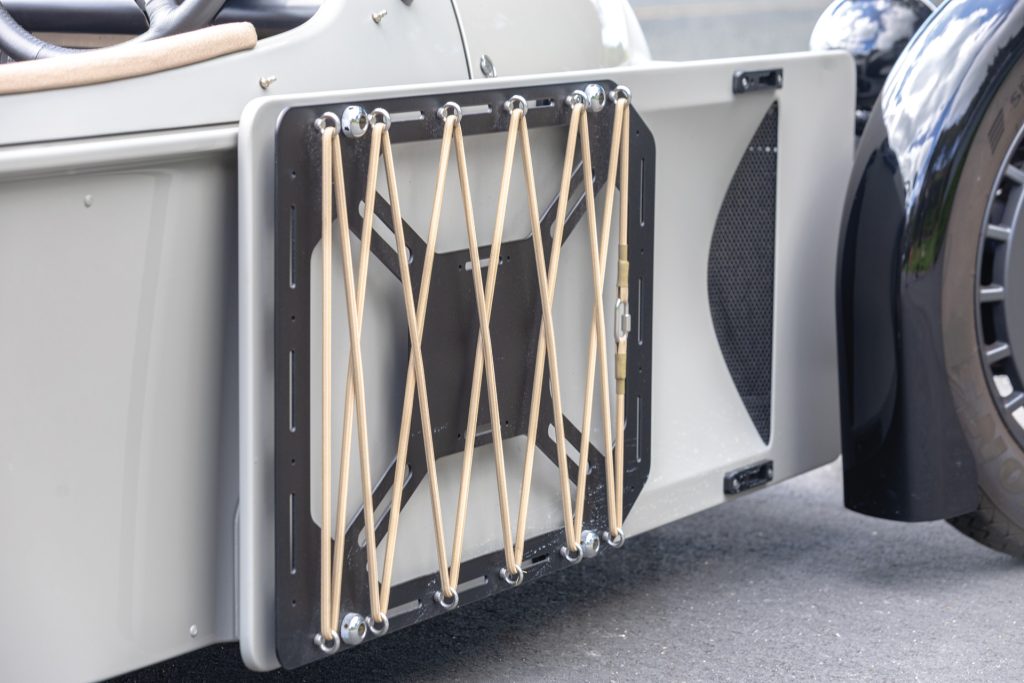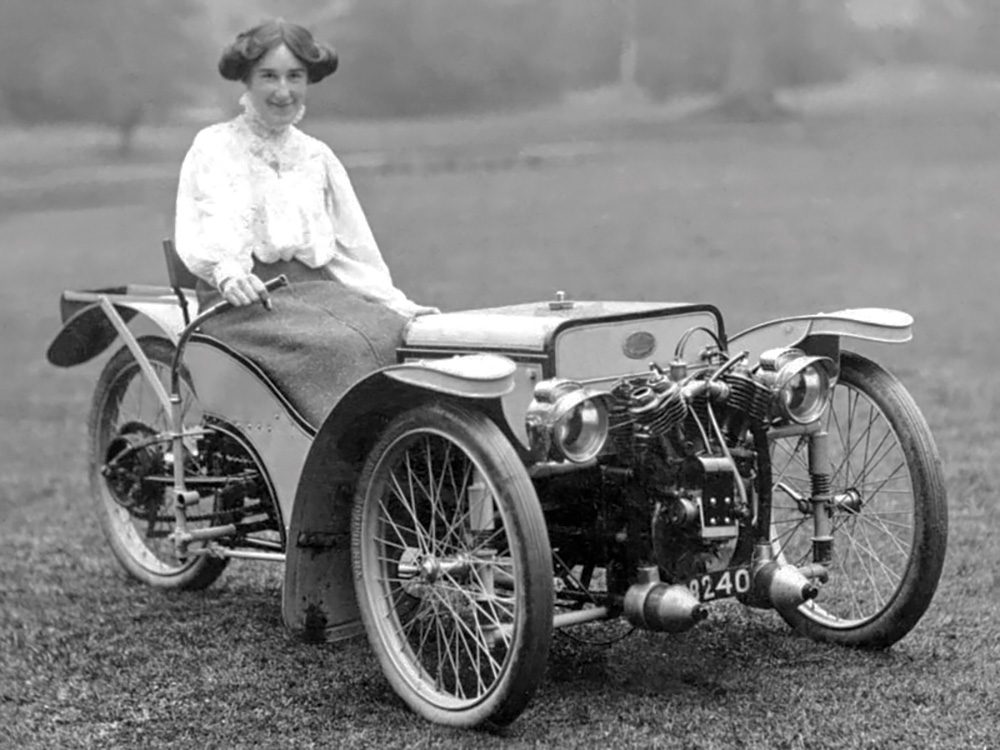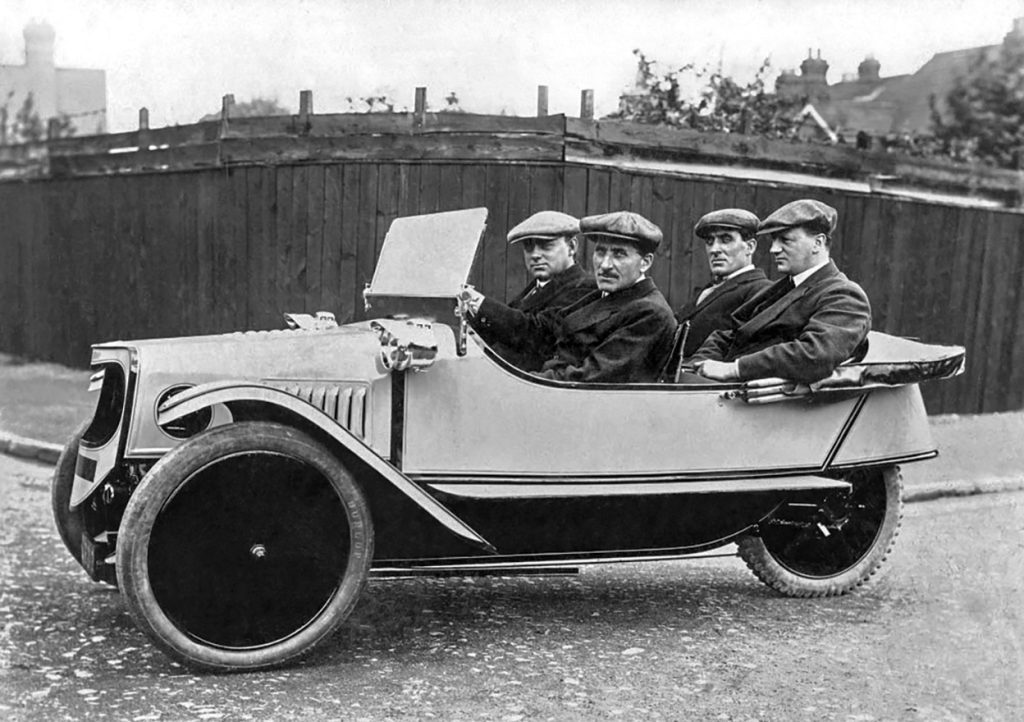2025 Morgan Super 3 Review
Words: Kyle Cassidy | Photos: Alex Schultz
Not often do we drive something with just three wheels and so any outing in the Morgan Super 3 is an occasion. And a very unique motoring experience.
And now for something completely different. While the Morgan Motor Company is over 100 years old, and for many decades was proudly rooted in the past, its latest weaponry is retro inspired though infused with modernity. At least in a design and construction sense. The Super 3 however is a back-to-basics driving machine sans the electronics, convenience contraptions, even a radio. It’s bare basics motoring, one that aims to connect you with both the elements and the experience of driving.
Underpinning the Super 3 is a bonded aluminium ‘Superformed’ monocoque platform, which they say is stronger and lighter than the old tube steel chassis of the previous Three Wheeler. While the Super Sport of the 1930s and the Three Wheeler revival of 2012 had with their V twins proudly sitting out front, the Super 3
has an inline triple engine mounted longitudinally just behind the front axle line. The naturally aspirated, Ford-supplied 1.5-litre has a diminutive muster of 87kW and 150Nm, but then it only has around 650kg (635kg the claimed dry weight) of Morgan to propel, plus however much the lucky person behind the wheel weighs.
The Ford engine matches with a Mazda-sourced five-speed manual originally designed for the NC MX-5.
It is reengineered to marry with a bevel box (a contraption that changes the direction of the power flow from the propshaft by 90 degrees) that spins the drive belt that turns the single rear wheel.
Front suspension is via double wishbones with pull-rod type suspension while the single rear wheel is located by a twin-beam swingarm with coil-over shocks. There is no power steering, no ABS, no traction control. And no doors or roof.
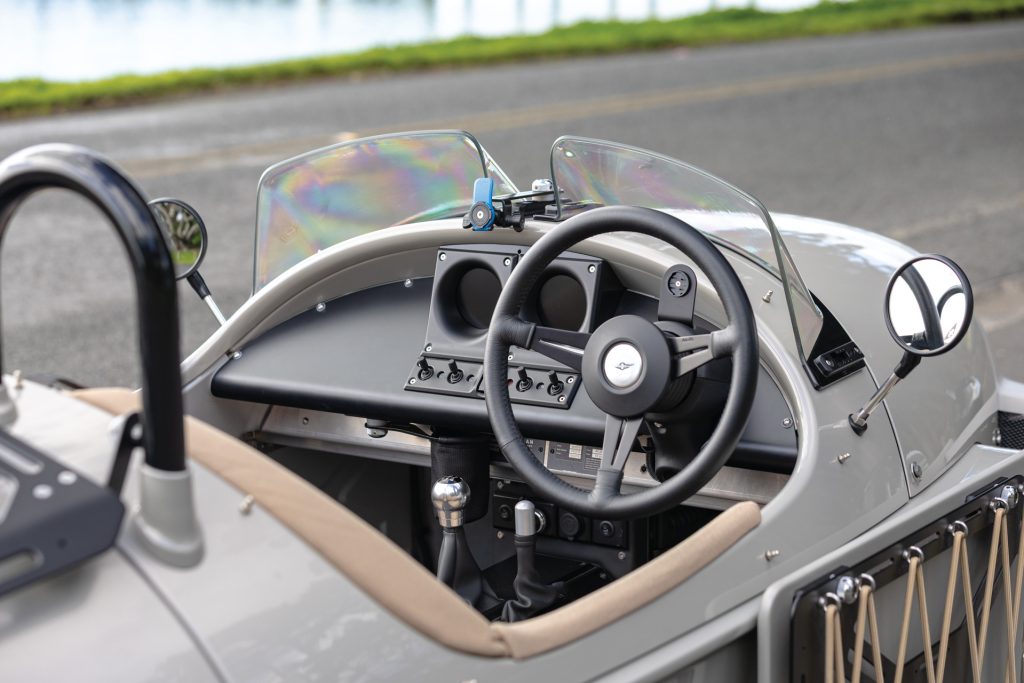
And so the cockpit has been weather proofed. What is present is said to be dust-tight and protected against water splashes. It’s not without some minor conveniences however. Among the some 200 options and accessories available are things like heated seats, a footwheel heater and mounting points for a cup holder or Quad Lock phone mount.
Many of the options concern the look and feel of the machine, with numerous different finishing choices. There are many luggage choices too and various ways to secure said items to either the sides or on the back.
Bike and car combine
The Super 3 is classified as a tricycle here; part car, part motorcycle and a helmet is a requirement when driving. I opted for the full face variety, not wanting a bug up the nose or to lose a tooth to a stone. But the exposure to the elements is part of the fun. As is getting in. A few warm up stretches might help before swinging a leg over the bodywork to deposit yourself in. Just in front of the seats is a raised chassis spar that provides a perch for your feet before you then slide down into position. It means your shoes won’t mess the seat trim. The next tricky bit is fondling around under the steering column to slot the key into the ignition barrel. Not quite, maybe, that’s it, turn and nothing. There’s also a start button on the dash. Ignition and the triple rumbles into life, its voice emanating from the stubby exhaust pipe exiting not far from your right ear. While there’s no seat adjustment, the pedal box can move, as can the steering wheel.
The floor hinged clutch is light, engaging easily and you’re away effortlessly. You sit impossibly low, and it’s so tiny amongst the traffic. While you have a seat belt, and a helmet, there’s not much around you for protection. Although the front end structure has passed a form of crash testing in the UK, believe it or not.
The steering is unassisted but with narrow treads up front and minimal mass, it’s not so bad. The lack of steering lock is of more concern as is the ground clearance. But it’s not a car to buy for practical reasons.
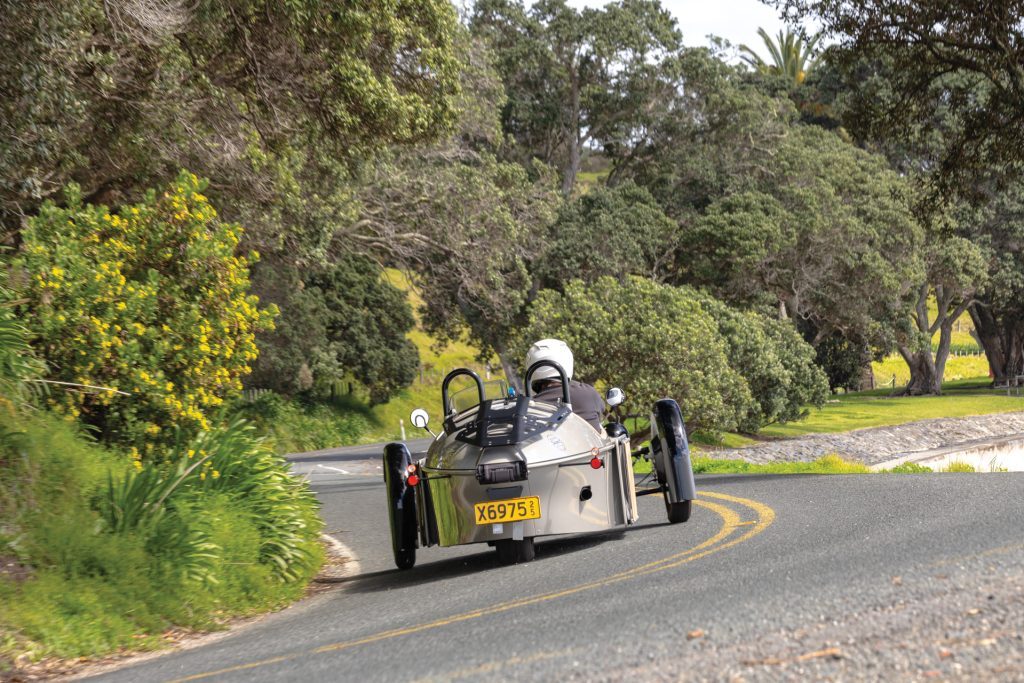
Old fashioned fun
Heading out on a country run, the helm transmits all of the road. Although it can be all a bit too much; the noise corrupting the good stuff at times. You wonder how much grip those skinny front tyres (130/90R20) are going to provide in the bends. It’s a nimble thing, cutting in quick, the wheel really loading up on weight in corners taken with some steam on. While it’s late to transmit the onset of understeer, it gives you just enough time to react. Once you’re dialled in, it’s a fun machine and you can attack with a bit more confidence, probing the limits of both the front- and rear-end stick. While it’ll understeer if you get your line wrong, get it right, and both the front and rear can flirt with the limits of their stick, and this feels delightfully playful.
The brakes aren’t particularly strong, and the pedal has a long travel. That however helps balance your efforts, making it harder to hit the lock up threshold. The pedals are placed for throttle blipping action, though there’s no room for your foot to rest off the clutch; it’s left dangling awkwardly.

While there’s not much power, there is only one tyre to put it down. And yes, it will break traction when poked. It’d be quite interesting driving this on a wet road.
Tackling right hand bends can be a challenge as your arm becomes fouled by the bodywork. There’s simply not enough room to move. You get used to shuffling your right hand up to the 12 o’clock position on the wheel before turning in to give yourself enough leverage.
It’s a fairly physical drive this; you tend to move about behind the wheel, wrestling it around. The seat lacks support in that regard. The jacket we brought along for wind protection ended up stuffed in behind for some form of lumbar support. And we wish the horn was more readily accessible (it’s a switch on the dash) as other roadusers seem so gobsmacked to see the Super 3, they start steering towards you.
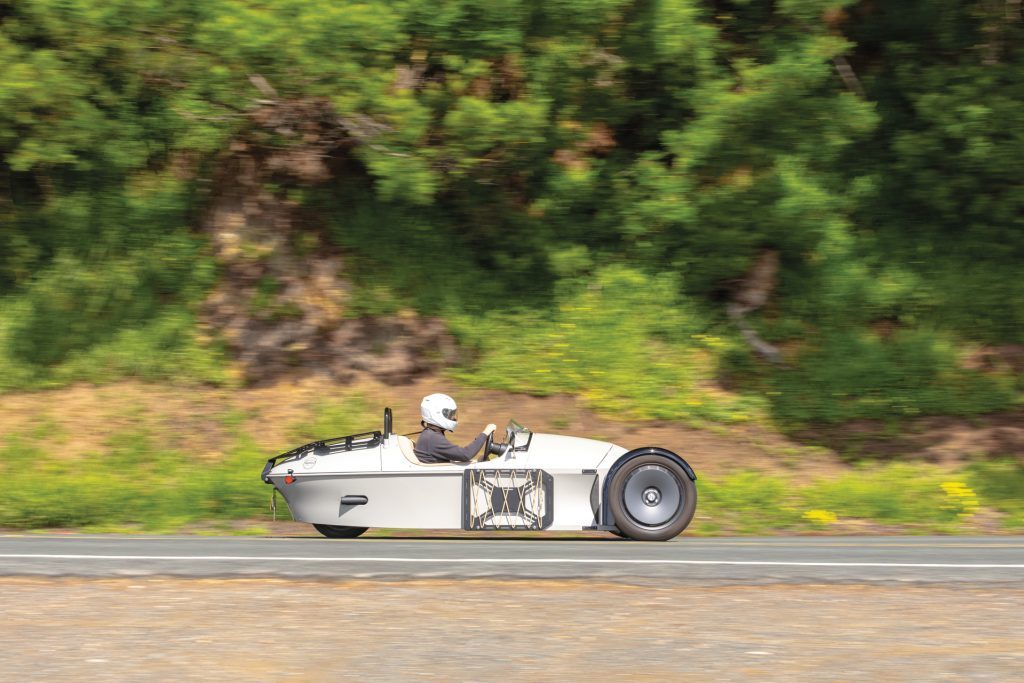
The Super 3 does well to ride the bumps, all things considered. And with those front wheels bobbing away, you witness how hard the front suspension works. The lightweight obviously helps, though the rear can struggle over short sharp bumps.
While super in name, it’s not super fast, 0-100 taking roughly seven seconds according to Morgan. But outright pace is not the appeal here. And it’s best not to get too carried away as it can be affected by crosswinds, and gets the odd speed wobble when ‘seeing what she’ll do’.
The engine likes it above three and a half, and while it’s not the most eager motor, it does spin to just shy of seven. It has quite a rorty note which suits the Super 3.
Pricey I bet?
Yes, it’s expensive for what it is. Morgan is handled by Pearce Brothers in Auckland, who tell us the dollar isn’t helping with pricing. The base cost is around the $105k mark, while options can send it closer to $115k.
But here you have an absolute crowd puller. While lacking in horses (and wheels), it could possibly get as many people scrambling for their phones to get a pic as would a McLaren Elva. It’s raw motoring and every drive will be an occasion.
Would I personally buy one if my numbers came up on Saturday night? Probably not, it’s just a little too impractical. But I can see the appeal, certainly for the type who has had many different sporting carriages over the years, and wanting to try something completely different.
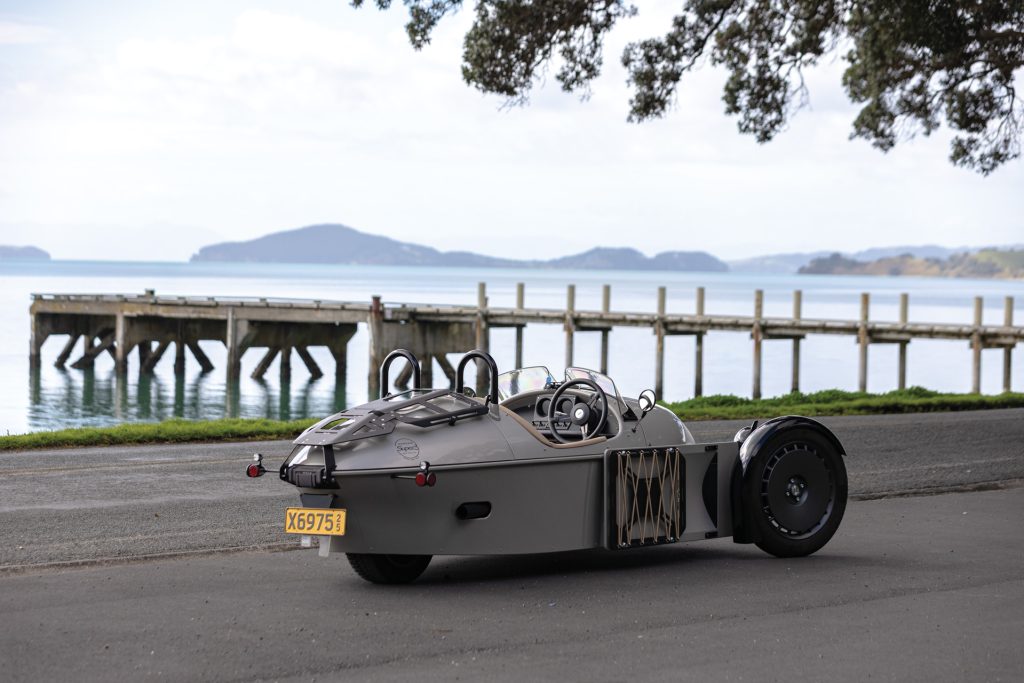
A Brief history of morgan’s three-wheelers
The Morgan Motor Company’s story began with a three-wheeler. In 1909, company founder H.F.S. Morgan built a lightweight, single-seat runabout with two wheels at the front and one at the rear. By classifying it as a motorcycle, the design sidestepped Britain’s car tax and found an eager audience.
Morgan quickly realised that a two-seater layout was more appealing, and this became the backbone of the brand. Early models featured front-mounted V-twin engines supplied by British builder JAP, their cylinders proudly exposed ahead of the chassis. Built on tubular steel frames with simple metal bodies and folding hoods, these cyclecars offered affordable motoring with a dash of sporting flair.
The three-wheeler evolved through the 1920s. A lower-slung M-type chassis appeared in 1928, underpinning the Super Sports model, a favourite of amateur racers seeking lightweight competition machines. In 1931, Morgan introduced a three-speed-plus-reverse gearbox, broadening the cars’ practicality.
A major change came in 1933 with the F-Series. Instead of a motorcycle engine, Morgans now housed a four-cylinder Ford side-valve beneath a conventional bonnet, giving them a more car-like appearance. The first version, the F-4, offered four seats, while the F-2 and F Super added sporting two-seat variants in 1935 and 1937. The F-Series remained in production until 1952. Production of the original V-twin models had already ended with the outbreak of the Second World War in 1939.
For decades, Morgan seemed to have left the three-wheeler behind. Yet in 2012 the company revived the idea with the retro-styled Three Wheeler, powered by an American-made S&S 1983cc V-twin mounted up front. Echoing the character of the 1920s and ’30s machines, it captured the same mix of simplicity, eccentricity, and fun.
More than just curiosities, Morgan’s three-wheelers established the company’s reputation for lightweight, engaging vehicles and ensured its survival through motoring’s formative years. Today’s modern Super 3 pays direct homage to those pioneering machines, keeping alive a strand of automotive history that began over a century ago.




